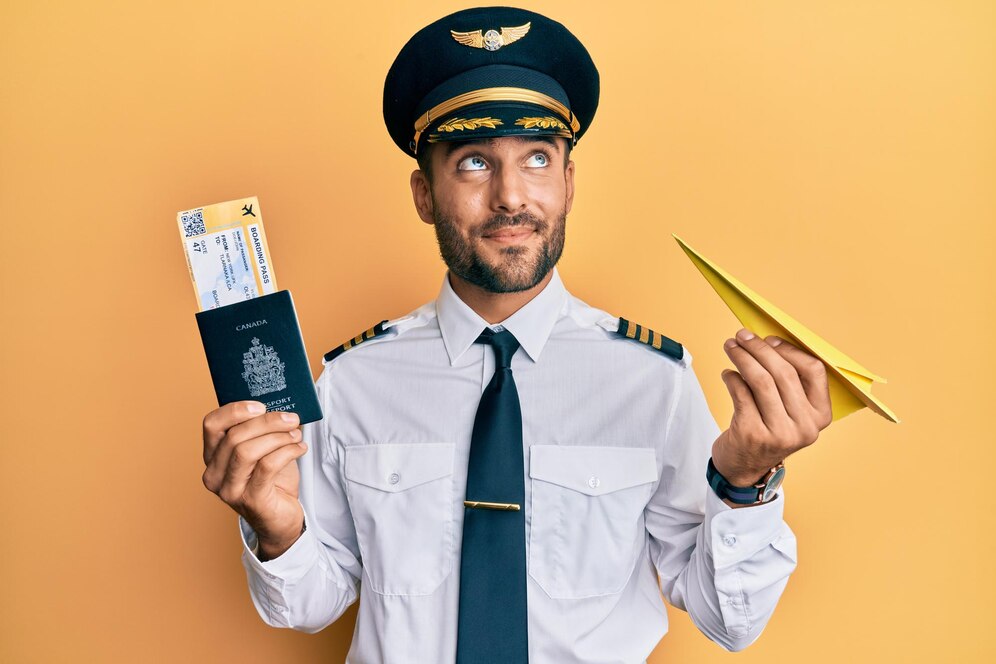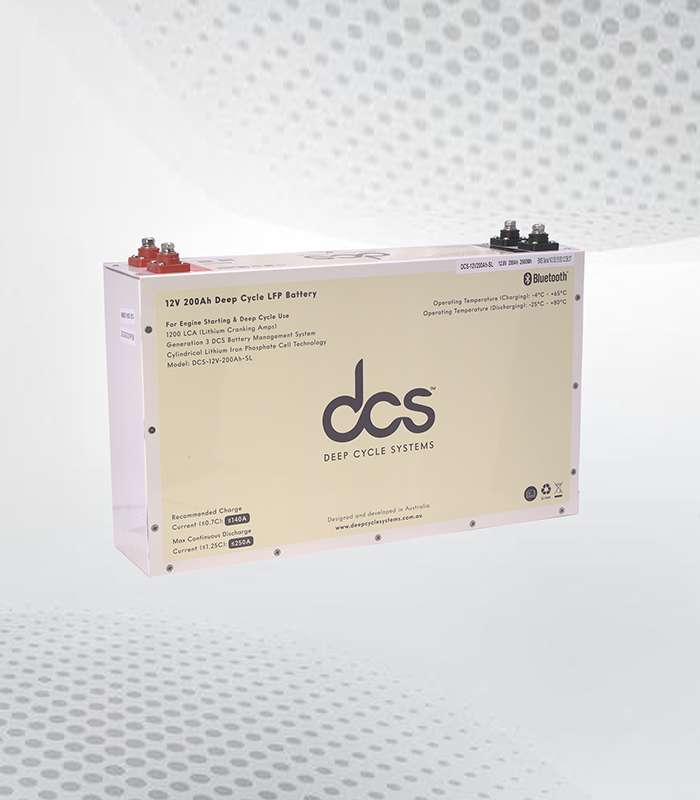Becoming a pilot is a dream for many people, and obtaining a private pilot license (PPL) is one of the first steps in that journey. Whether you want to fly for personal pleasure or plan to pursue a career in aviation, understanding the requirements and eligibility for a private pilot license is crucial. In Australia, the private pilot license opens up a world of opportunities for aviation enthusiasts.
Age and Medical Requirements
Before you begin training for a private pilot license, it’s important to know the age and medical requirements. In Australia, the minimum age to apply for a private pilot license is 17 years. You must also meet the medical standards outlined by the Civil Aviation Safety Authority (CASA). A Class 2 medical certificate is necessary to ensure that you are fit to fly.
Training and Experience Needed
Training for a private pilot license is an intensive process that involves both theoretical and practical lessons. You must complete flight training with a CASA-approved flight training organisation. A minimum of 35 hours of flight time is required, which includes dual instruction, solo flight hours, and cross-country flying experience. During your training, you’ll learn the basics of aviation, including aircraft control, navigation, and communication skills. Once you complete the required flight hours, you’ll also need to pass a written exam to test your knowledge of aviation rules, aerodynamics, and weather patterns.
The Commercial Pilot Training Program
If you decide to take your aviation career to the next level, you can pursue a commercial pilot training program. A commercial pilot license (CPL) allows you to fly for compensation or hire. To progress to a CPL, you’ll need additional training and flight hours beyond those required for a private pilot license. A commercial pilot training program includes more advanced flight manoeuvres, commercial flight operations, and in-depth theory on aviation safety, weather, and regulations. Completing a commercial pilot training program can also enhance your chances of landing a job as an airline or charter pilot. Many pilots start with a private pilot license and then transition to commercial training to pursue a career in aviation.
Testing and Certification
To obtain your private pilot license, you’ll need to pass both a written theory exam and a practical flight test. The theory exam covers various topics, such as navigation, flight planning, and aircraft systems. The flight test is a practical demonstration of your flying skills and knowledge. A CASA examiner will assess your ability to perform various flight manoeuvres and handle emergency situations. Once you successfully complete the training, exams, and flight tests, you will be awarded your private pilot license. This certification allows you to fly for personal and recreational purposes within Australian airspace.
Conclusion
Obtaining a private pilot license is a rewarding achievement for anyone passionate about flying. It requires dedication, training, and meeting medical and age requirements. If you’re considering pursuing a commercial pilot training program after earning your private pilot license, you will have the opportunity to expand your aviation career. Start your journey with the right training and knowledge, and soon you’ll be soaring through the skies, ready to explore the world from above.




